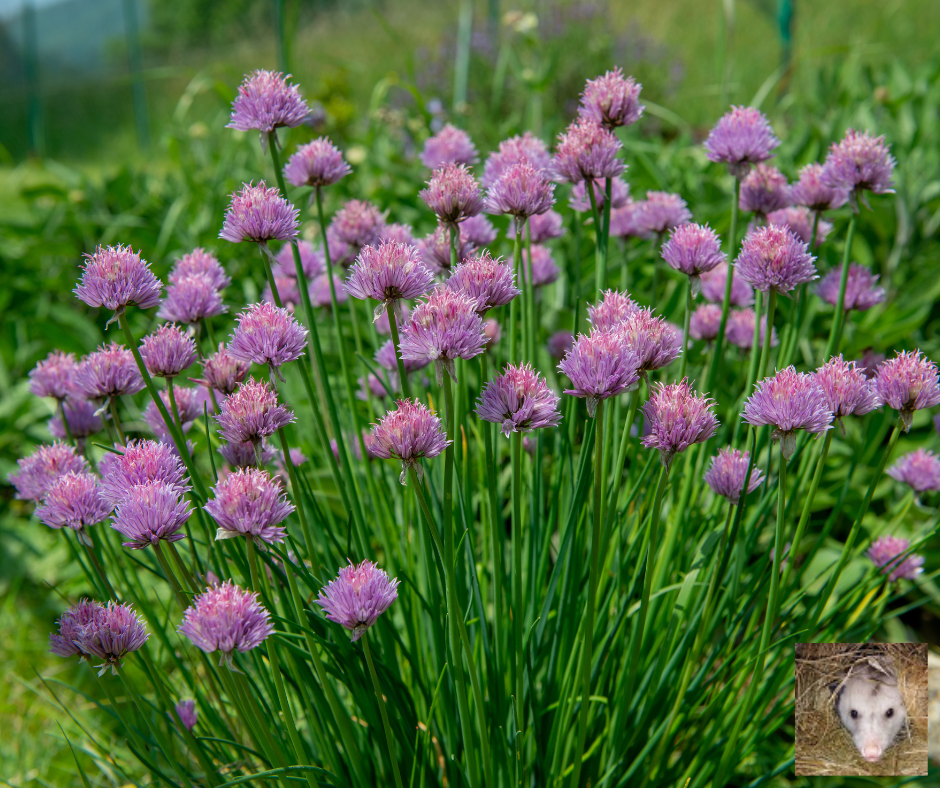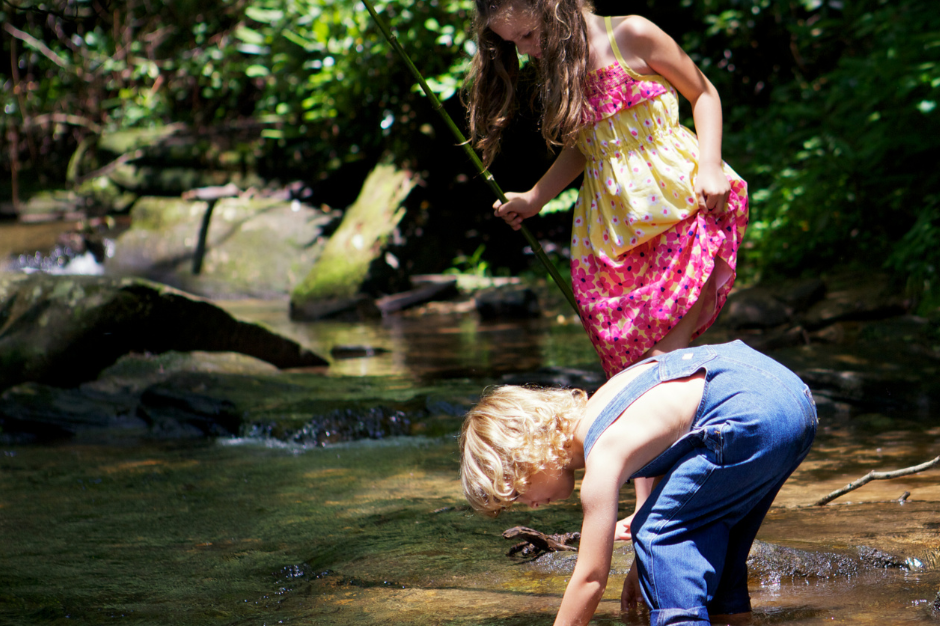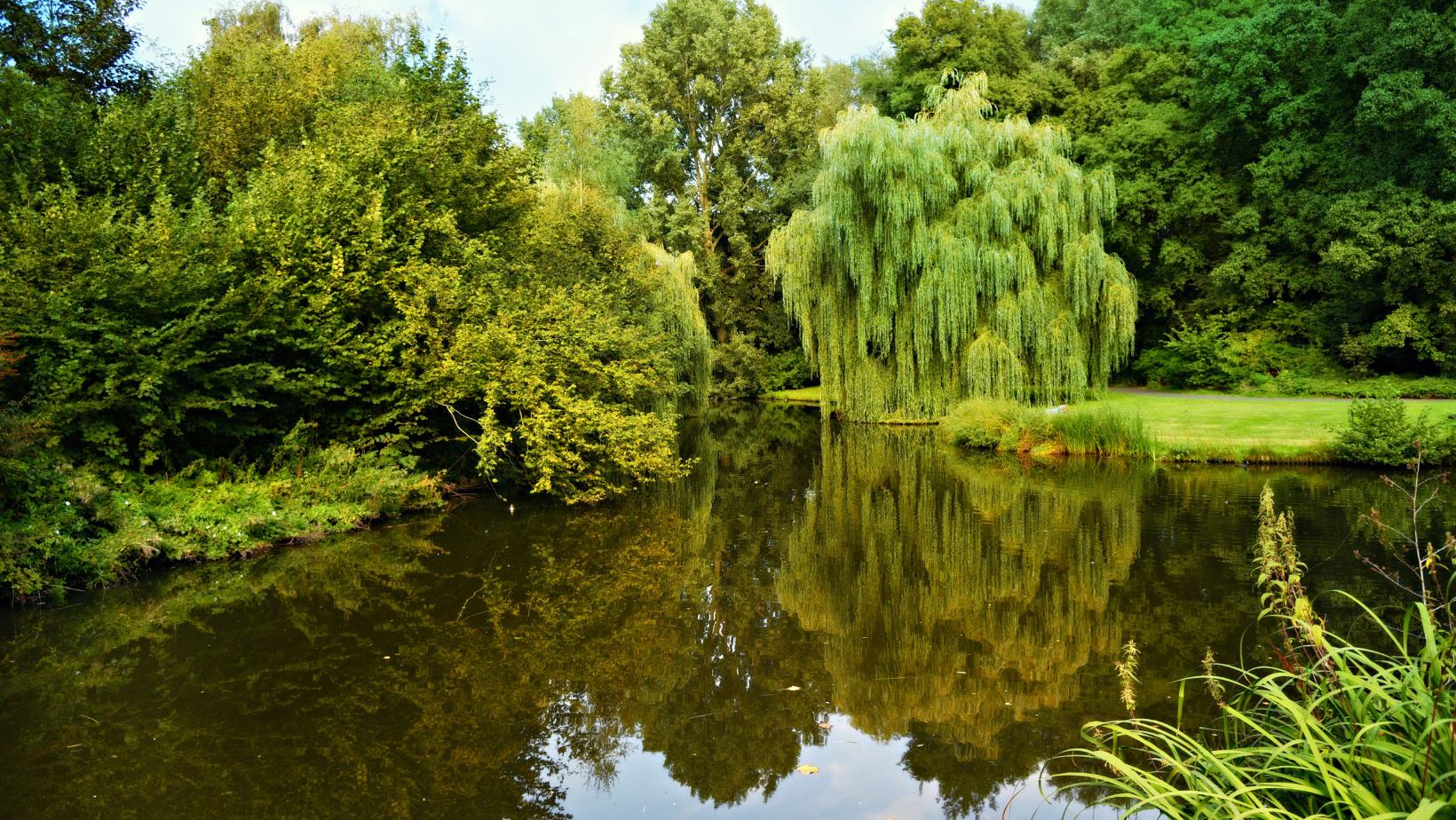The winter holidays wouldn't be the same without learning more real information on those fabulous flying friends of Santa. Learn how reindeer and caribou really live, how they help people, and where that winter legend comes from.
Just Released! 2026 Garden Planner and Log
Organic Gardening Zones 5 & 6
Featured

Raising Honeybees: Step by Step With Pictures
Wildlife Conservation and Rehabilitation
Environmental Education
Featured
We Teach. We Rescue. We Grow. We Care.
Check Out Our PDF Books and more on the Resources/Free Downloads Page!


















